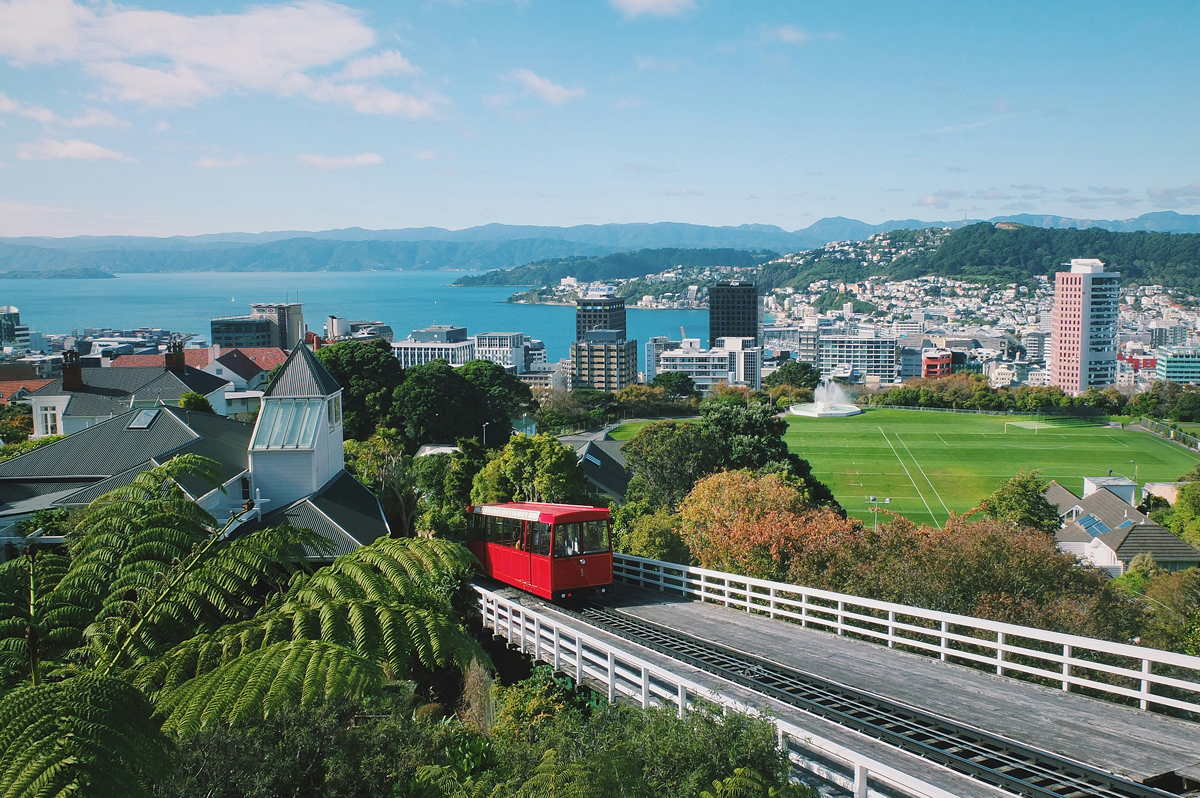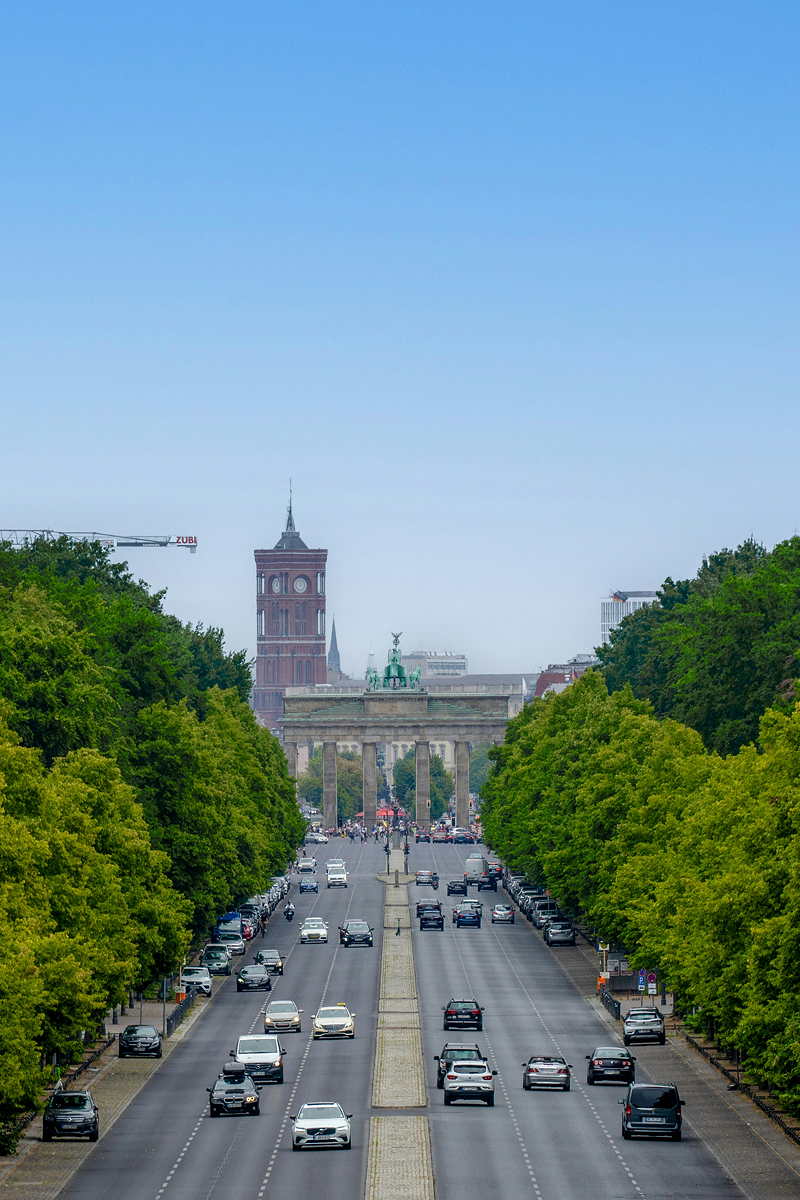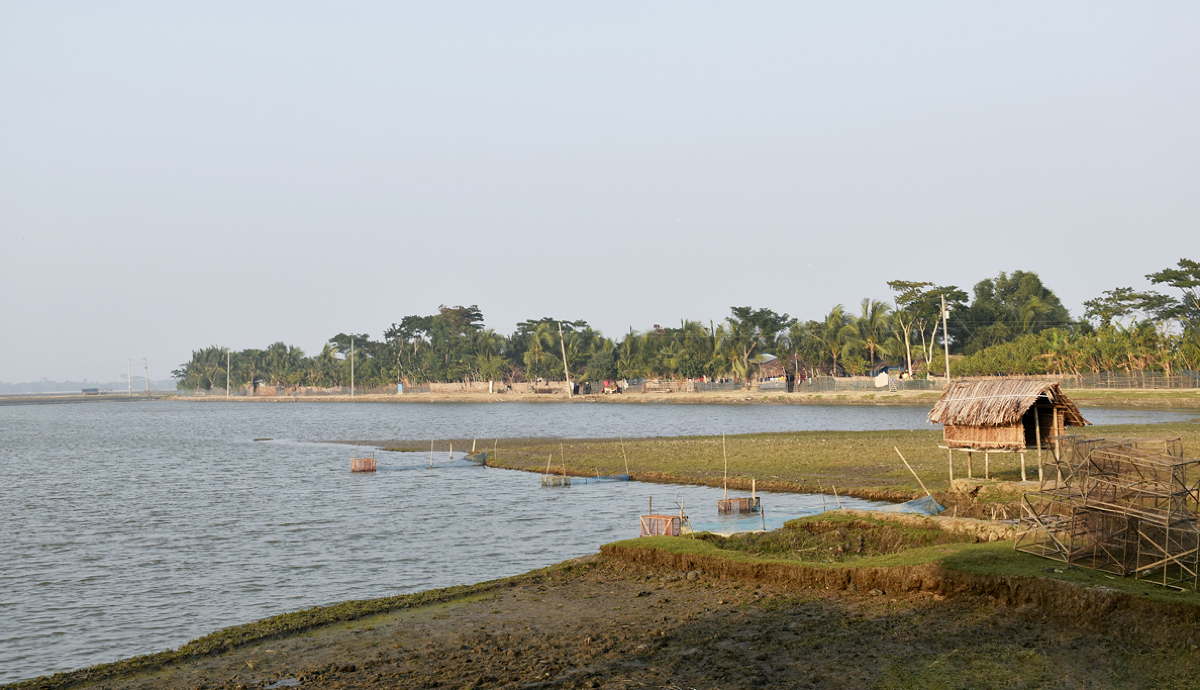
Under Construction | How Cities Are Adapting To Climate Change
Will our cities remain hospitable in the next decade or two? The impacts of climate change are transforming our way of life, with rising sea levels intensifying the frequency of weather-related hazards. Cities are adapting to the climate challenges with innovative methods. The cities that are best prepared for these changes will emerge as safe havens. Discover how some cities are leading the way in climate resilience.
“Cities are both a hotbed of climate threats and a hotbed of climate solutions,” said Jessica Troni, Head of UNEP’s Climate Change Adaptation Unit. Experts at the UN Environment Program estimate that cities are responsible for 75% of global CO2 emissions. Cities are also vulnerable to weather hazards that affect urban livelihoods, basic services, infrastructures, housing, and our health. Jessicca Troni continues by stating, “There’s no doubt that the need to adapt to climate change and urbanisation can force us to reimagine how our cities are built – and for the better.” In response to these challenges, cities are taking various approaches to ensure new developments are resilient and sustainable. Innovations like rainwater harvesting systems and green infrastructure are leading the way to building sustainable, climate-resilient cities. Floods, droughts, storms, and other climate disasters are prompting populations to search for safer locations.

CITIES EXCELLING IN CLIMATE CHANGE ADAPTATION
Reports like Savills’ 2023 Climate Resilient Index and the Safe Cities Index by the Economist point to cities like Berlin, Toronto, Wellington, Madrid, and Paris, among others as the most prepared for climate-related challenges. Savills notes that most of these cities are at a reduced risk due to their strategic inland locations, sheltered from coastal flooding. Additionally, they have implemented comprehensive plans to proactively address and mitigate potential challenges.
Wellington confronts more pressing challenges but is actively addressing them. The city boasts a varied topography, where the sheltered hills may offer a more secure environment compared to the rugged coastal areas. Recognising the unique challenges in various regions, Wellington’s Resilience Strategy is tailored to the specific needs of each district. They prioritise local communities that are particularly vulnerable. Efforts include improving the stormwater infrastructure, maintenance and construction of seawalls, and dune revegetation. These initiatives steer clear of development in vulnerable zones and gradually withdraw from them over time. To facilitate a seamless transition for affected communities, Wellington employs an approach centred on community engagement and proactive preparation in high-risk areas.
Contrastingly, Berlin has not faced extreme weather challenges but is paying attention to smaller problems to prevent them from becoming pressing ones in the future. By the Berlin Energy and Climate Program 2030, the city’s efforts include rainwater management, increasing and protecting urban greenery, developing a heat warning, and increasing the supply of drinking water.


CITIES WITH GREEN INNOVATIONS
WUHAN- THE SPONGE CITY
Wuhan is rich in rivers and lakes, which have led to development but also resulted in flooding and water pollution. In 2013, the Chinese Government launched the “Sponge City” initiative to respond to water management challenges. Researchers at the University of Leeds explain that the approach consists of adopting green areas and replacing grey infrastructure of concrete and steel with permeable surfaces.
Green areas such as parks, wetlands, rain gardens, and green roofs let water infiltrate and direct it away from urban areas. The structures are usually connected to rainwater reuse facilities. As the term explains, the idea is to mimic the absorption and retention capabilities of a sponge. The surfaces absorb rainwater, then during hotter weather, the water evaporates thus also cooling the city. Positively, the approach is almost $6oo million USD cheaper than concrete infrastructure approaches to flooding resilience. The University of Leeds also highlights that the approach also improves public social health, reduces carbon emissions, and promotes biodiversity conservation.
SÃO PAULO’S RAIN GARDENS
Similarly, urban landscape and increasing rainfall put São Paulo at risk of flooding and other climate-related disasters. The city incorporates sustainable practices by converting concrete and asphalt spaces into versatile rain gardens. These serve as compact retention tanks, redirecting excess water into rainwater collection systems when full. By draining water within 48 hours, the rain gardens prevent the reproduction of vector-borne insects and other diseases. Moreover, the system also retains pollutants and controls sediment from rainwater runoff. The city aims to transform rain gardens into multifunctional spaces, incorporating various types such as green spaces, conservation woods, pavements with infiltration wells and green stairs, as well as art. The objective is to establish 400 rain gardens by 2024.

REBUILDING CITIES
On May 4, 2007, Greensburg in Kansas experienced a devastating EF-5 tornado, measuring approximately 1.7 miles in width and carrying winds at speeds of 205 mph. The U.S. Climate Resilience Toolkit predicts that 90% of the structures in the city were severely damaged or destroyed. The vast devastation gave the city an opportunity to incorporate sustainability and resilience in the reconstruction of the city.
Before the tornado, the city relied primarily on fossil fuels. Greensburg uses its windy climate condition to its advantage and now receives 100% of its power from wind farms. It powers every house, business, and building, even selling power to other parts of Kansas. Furthermore, the Kiowa County Memorial Hospital is also a pioneer in sustainability being the first hospital in the country to operate solely on renewable energy. It is also the first to use collected rainwater to flush toilets.
CLIMATE MIGRATION
Climate-related disasters, including rising sea levels, desertification, and extreme weather events, are increasingly compelling populations to migrate. According to an updated report by The World Bank it is projected that by 2050, more than 200 million people will be compelled to leave their homes due to climate-related challenges. Most of the migration will happen inside the same borders of a country. Cities with a lower risk of climate-related issues and proactive planning are likely to become increasingly attractive to people. While these cities may be well-prepared for climate challenges, they must also anticipate the need to accommodate a growing influx of migrants.
Consequently, if cities don’t prepare for the growing number of migrants can increase pressure on urban infrastructure, public services, and environmental quality. This can result in rapid, unplanned urbanisation that is unsustainable and negatively impacts the overall quality of life.

HOW MONGLA IS GETTING READY
The small port city of Mongla, Bangladesh, has encountered abrupt events such as destructive floods, cyclones, and storm surges, resulting in the loss of both lives and property. Mongla has demonstrated impressive resilience in adjusting to the evolving climate. Mayor Sheikh Abdur Rahman, in office since 2021, highlights the strides taken by the town in enhancing its flood resistance. This means the construction of an 11-kilometre (7-mile) long marine drive road. It also entails flood-control gates, an upgraded drainage system, a water reservoir, and a water treatment facility. Many domestic migrants in other vulnerable areas find Mongla an attractive option due to its adaptability and planning.
Despite the scarcity of fresh water, the migration flow into Mongla is increasing. The OCHA describes that NGOs, in collaboration with governments, are actively working to develop Climate-Resilient, Migrant-Friendly Towns in Bangladesh. Their efforts in Mongla focus on planning for climate-induced migration by reducing informality in settlements and stimulating economic growth. The goal is to transform what might be viewed as a potential burden into an opportunity. For example, the establishment of an export processing zone in Mongla has generated new employment prospects for climate migrants, providing them with stability and economic opportunities. The ongoing initiatives supporting local adaptation planning in Mongla aim to strengthen resilience and facilitate the smooth integration of migrants into the community.
INTERNATIONAL COORDINATION
International coordination is important in effectively addressing climate-induced migration, given the global nature of the issue. Cities globally are pooling their efforts to achieve more impactful and sustainable results. This collaborative approach ensures a unified response to the challenges associated with climate migration. They foster shared strategies, knowledge exchange, and resource allocation on a global scale.
For instance, C40 is an international coalition comprising nearly 100 mayors from prominent cities worldwide, collectively dedicated to tackling the climate crisis. They assist in restraining global warming to 1.5°C, while encouraging development of equitable and resilient communities. The mayors within the C40 network pledge to employ an inclusive, science-driven, and cooperative strategy. On the other hand, the Mayors Migration Council advances global initiatives on migration and displacement, striving to create an environment where urban migrants, displaced individuals, and host communities can prosper.
Highlight Image:
© Tim Gouw via Unsplash
Words:
Francesco Witt
Luxiders Magazine








